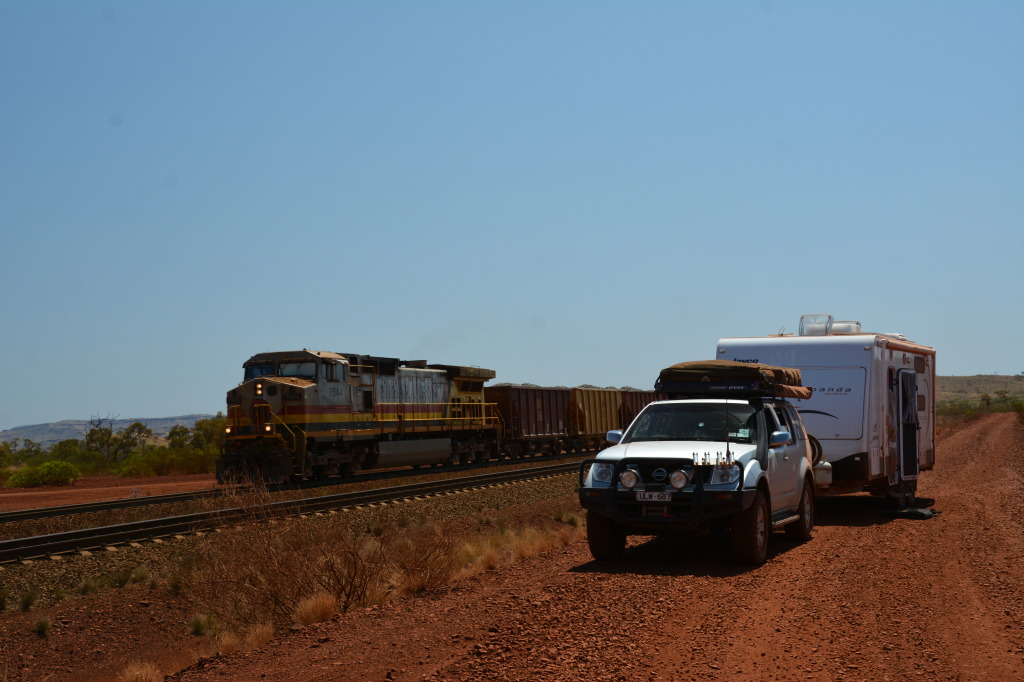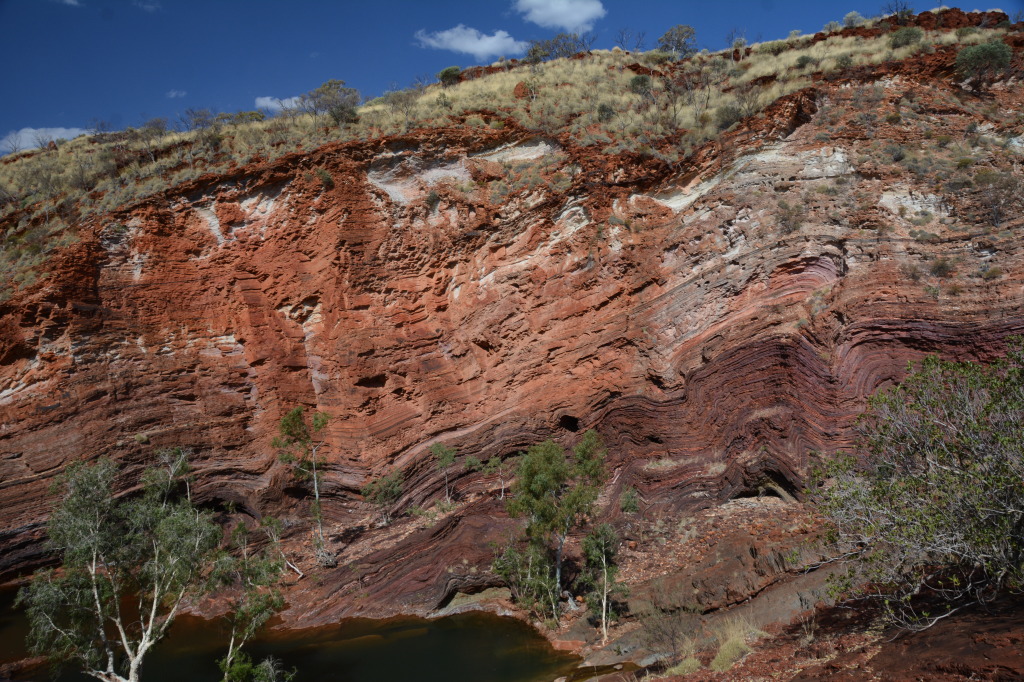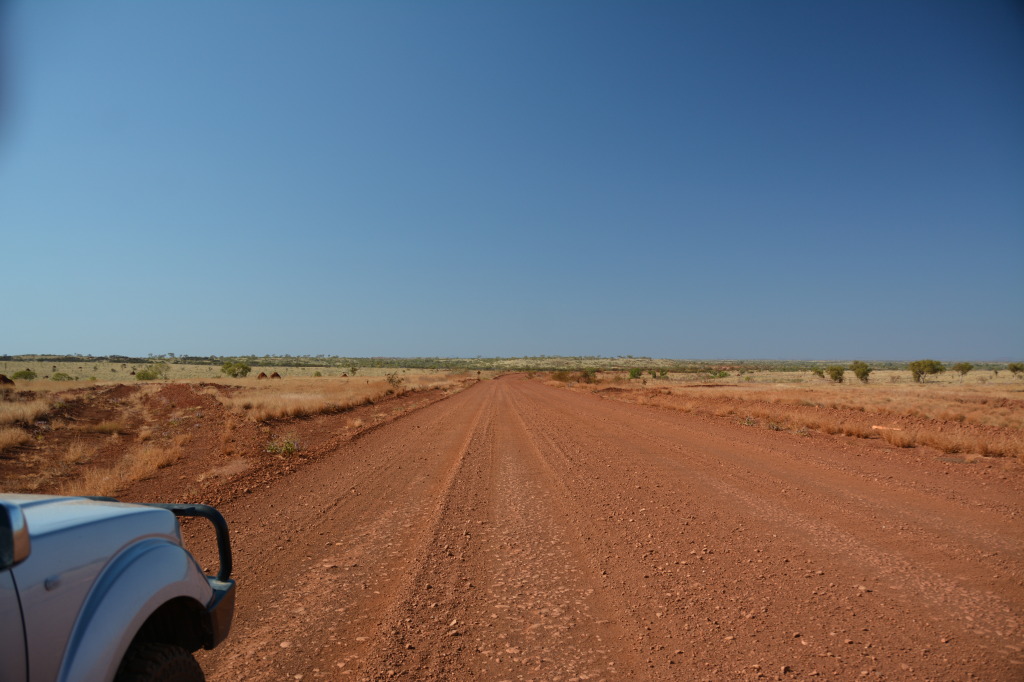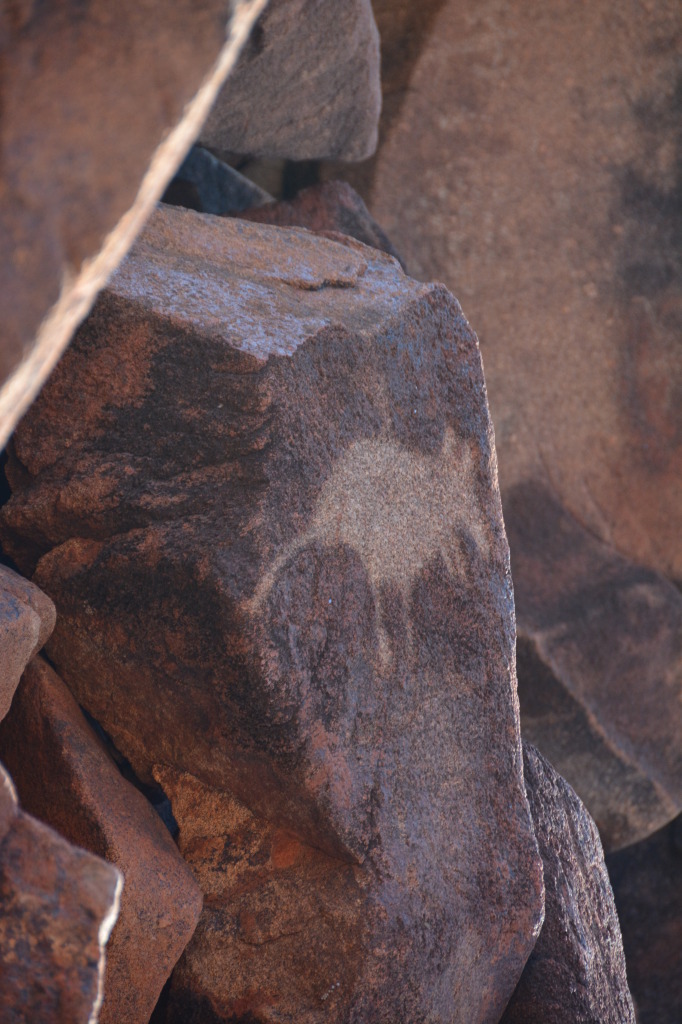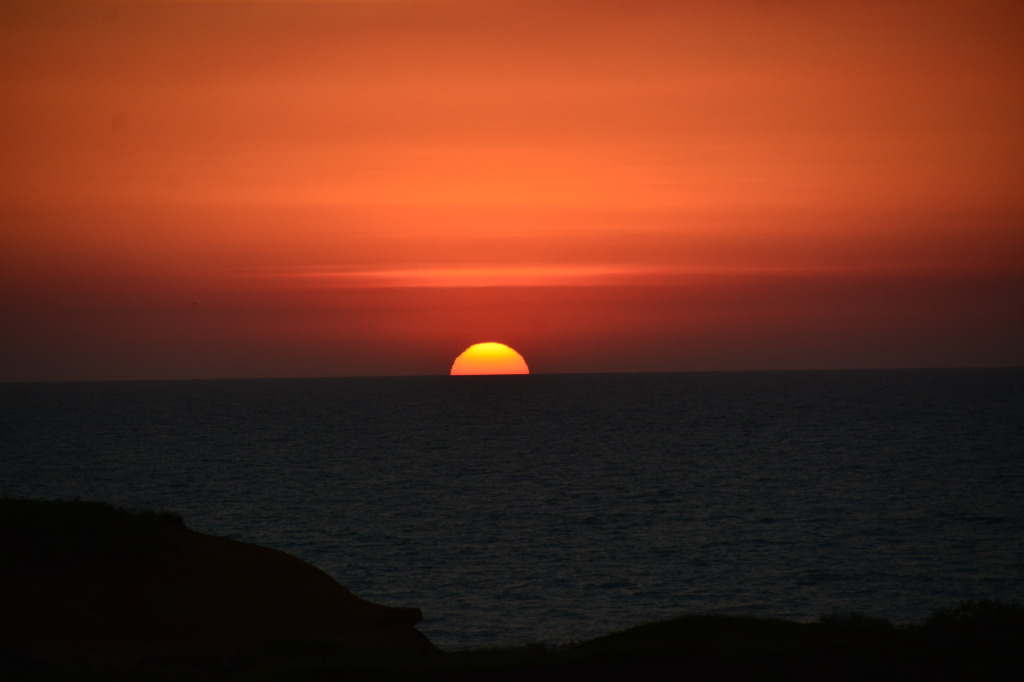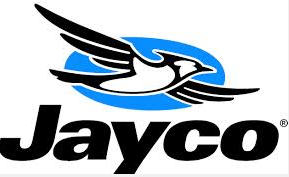The Pilbara is known for the red colour of its dirt, which makes the hills look like piles of iron left out in the rain to rust. In a way, that’s exactly what they are. Low shrubs and twisted trees dot the rolling landscape, which is blanketed in horribly spiky Spinifex grass. It is a harsh place, dry and dusty, benefiting only from the occasional seasonal monsoon storms. In all our travels around Australia, this area was by far the dustiest.
At about half a million square kilometres, the Pilbara is around the same size as Spain however underpopulated compared to large European countries. The Pilbara borders the Indian Ocean in the west and stretches through the eastern desert to find the Northern Territory border.
The towns in the Pilbara are a by-product of the huge mining industry, thrown up by companies to house the workers and their families. Such towns like Tom Price were built by the mining companies and later handed over to the local government. The miners pull huge quantities of iron out of the hills, which is transported to steel foundries in China and other buyers overseas.
Like the Kimberley, the Pilbara is a landscape that rewards the adventurer. You’ll be covering huge distances, but your persistence will be rewarded; the Pilbara is a stunningly beautiful landscape, with many amazing attractions. One such attraction includes one of Australia’s most awesome gorge systems, the Karijini National Park.
Facts about the Pilbara
Area: 500,000km square.
Population: 50,000 approx.
Climate: Arid.
Geography: Desert, Sandplain, Low red mountain ranges made up of sedimentary rocks and granites. Some of the oldest rock formations on Earth.
Flora: Dominated by Spinifex grasses and Acacia trees. Coastal Mangroves, Red Gum, Snappy Gum, Sturt Desert Pea.
Fauna: Euro, Red and various kangaroos and wallabies. Numerous frogs, large “Bungarras” (sand monitors) lizards, snakes, and other reptiles. Possums, Bilbys, Bandicoots and various marsupials. Bats, flying foxes and numerous species of birdlife.
Pilbara attractions
Most Pilbara attractions involve being out in the sun. Climbing down into gorges or up into the hills generally means an early start to beat the worst of the desert heat. Plenty of drinking water, sturdy shoes, cool clothing and a wide-brimmed hat will make your day more comfortable.
Karijini National Park
Hamersley Range
Millstream-Chichester National Park
Mount Bruce
Cape Keraudren Nature Reserve
Eighty Mile Beach
Karratha
Burrup Peninsula
Marble Bar
Roeburne
Port Hedland
Cossack
Dampier Archipelago
Aboriginal rock engravings
Important towns
Onslow, Paraburdoo, Tom Price, Newman, Pannawonica, Marble Bar, Dampier, Karratha, Roeburne, Wickham and Port Hedland.
Getting around in the Pilbara
Getting around in the Pilbara is a lot like getting around in the Kimberley—self-reliance is your best bet.
Port Hedland has an international airport, which is more about flying mine employees from China than flying tourists. Most other towns have small domestic airports to service mine employees, and car/4WD rentals are common.
Tour buses run in the tourist season to most popular destinations, such as Karajini National Park.
Like most of northern Australia, transport is a major issue. Distances are huge in the desert, and there can be up to 600km between you and the closest town.
By far the easiest (and cheapest) way to experience the Pilbara is in your own 4WD vehicle and caravan. It means you can get off the beaten track and experience the wild places, and be mostly self-sufficient. We travelled through the heart of the Pilbara from the Barrup Peninsula through the Millstream-Chichester NP to Karijini NP. If you’re only interested in seeing the major tourist destinations, then you should be right with a 2 wheel drive or other non 4WD vehicles.
Best time to visit
The Pilbara gets seriously hot. In November temperatures are already well over 40 degrees celsius, and a constant stream of caravans begins to migrate south. By December, the tourist season is well and truly over, and the Pilbara is deserted apart from the locals.
If you can handle the heat over summer, you’ll be the only one there. You’ll have all the gorges and pools to yourself. As summer temperatures soar to over 45 degrees, the gorges and pools are the only places you’ll be interested in being anyway. A few of the locals enjoy summer because the tourists all but disappear.
The winter months of April—October offer temperatures that range from 14 degrees at night to beautiful days of 30 degrees. It’s a pleasure, during this time, to be outside nearly all the time. For the sane tourists, this is the time you’ll want to visit.

